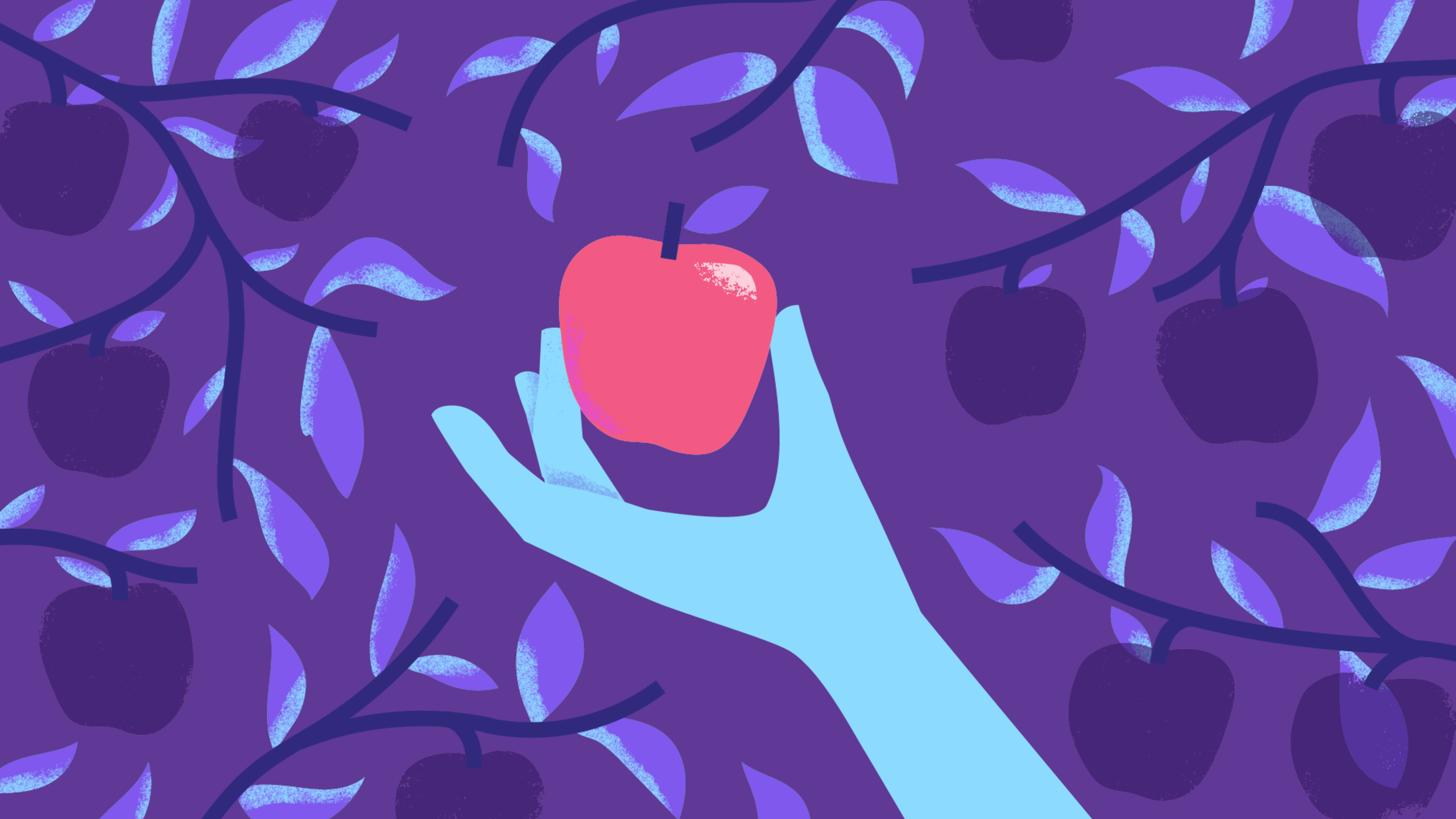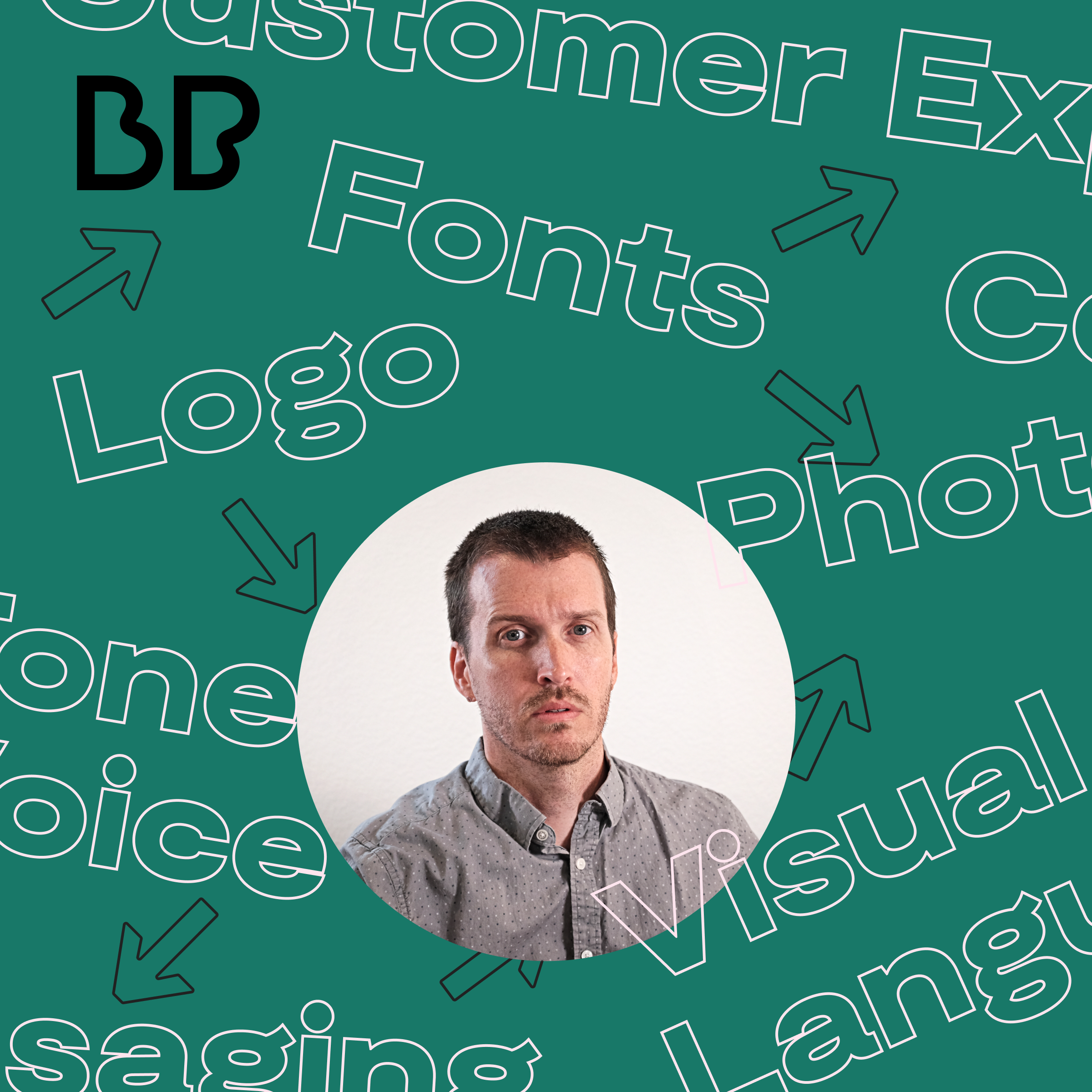U.S.E.R. Framework for Maximizing Product Feedback


What does it take to design a brand with efficiency in mind? Adam Stoddard joins the Product Brand series sharing how he leverages standards and design systems to scale brand efforts.
Adam is the Designer at Basecamp responsible for the entire design of the Basecamp website, and the new HEY app, an innovative approach to email. In the conversation with Adam, listen as he shares the types of things to look for when designing with efficiency in mind.
To engage more with the Better Product community, register for the upcoming speaker series.
To hear more from Adam or Basecamp, check out their Rework Podcast.